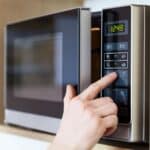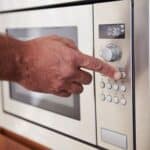Did you know that more than 90% of households in the US have a microwave? That's because microwaves make it fast and easy to heat food. But when the fan isn't working correctly, it can be a real hassle - not to mention dangerous.
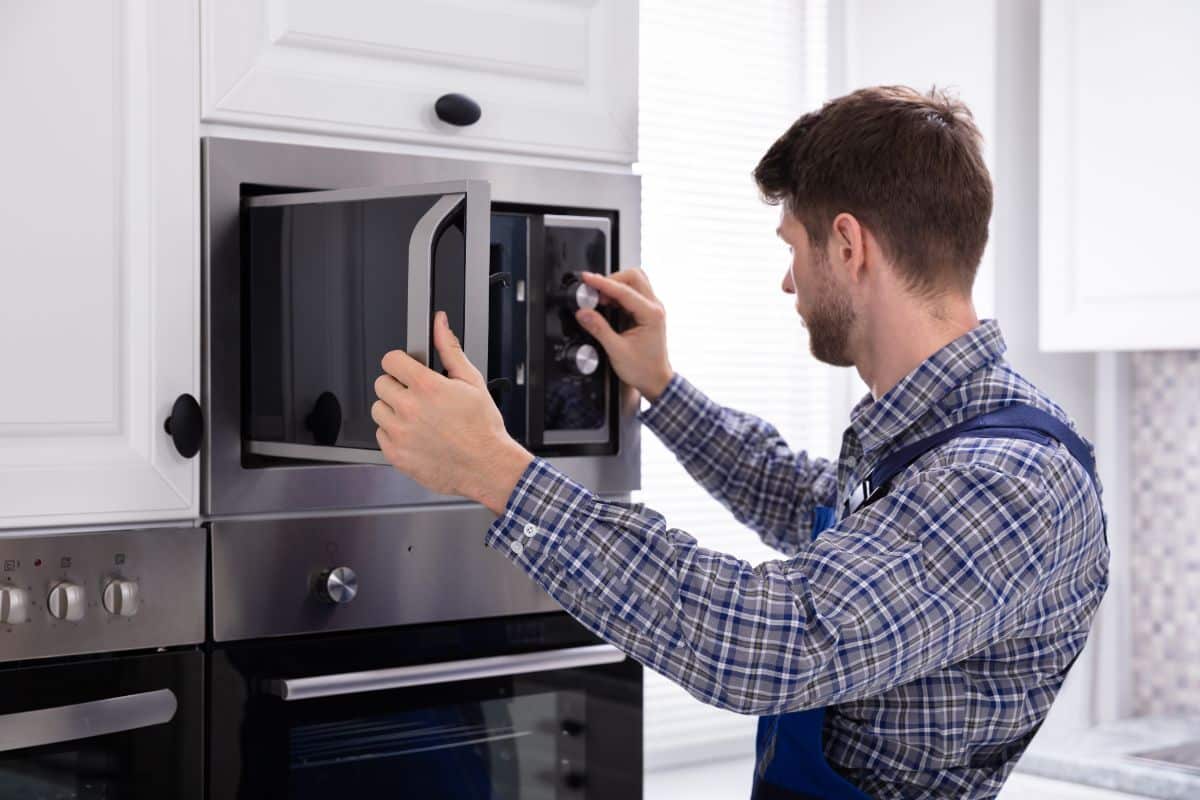
Fortunately, there are ways to troubleshoot and fix the problem yourself. Whether you're dealing with a fan that won't turn on or one that won't stop spinning, fixing your microwave's fan is a simple process.
Keep reading to learn why your microwave fan's not working and the 7 easy fixes.
Jump to:
Can You Use a Microwave Without the Fan?
No. You should never operate your microwave without the fan running. The fan helps draw heat away from the electronics, keeping them cool and preventing damage. It is an essential safety feature, so always use your microwave with the fan running correctly.
If your microwave fan’s not working, you should stop using it until it can be repaired. Continued use of a microwave without a working fan can cause the electronics to overheat, resulting in costly repairs and even damage to your home or property.
Also, without the fan, your microwave would be unable to heat food effectively. The fan helps circulate the hot air evenly throughout the cavity, ensuring your food is perfectly cooked.
Can a Microwave Fan Be Repaired?
Yes, in most cases, the fan can be repaired. Depending on the age and model of your microwave, you can repair it yourself. Also, the repair solutions may vary depending on the fan problem you're dealing with.
The 7 easy fixes outlined below will help you get your microwave's fan working again with minimal effort and expense.
1. Check the Fan Motor
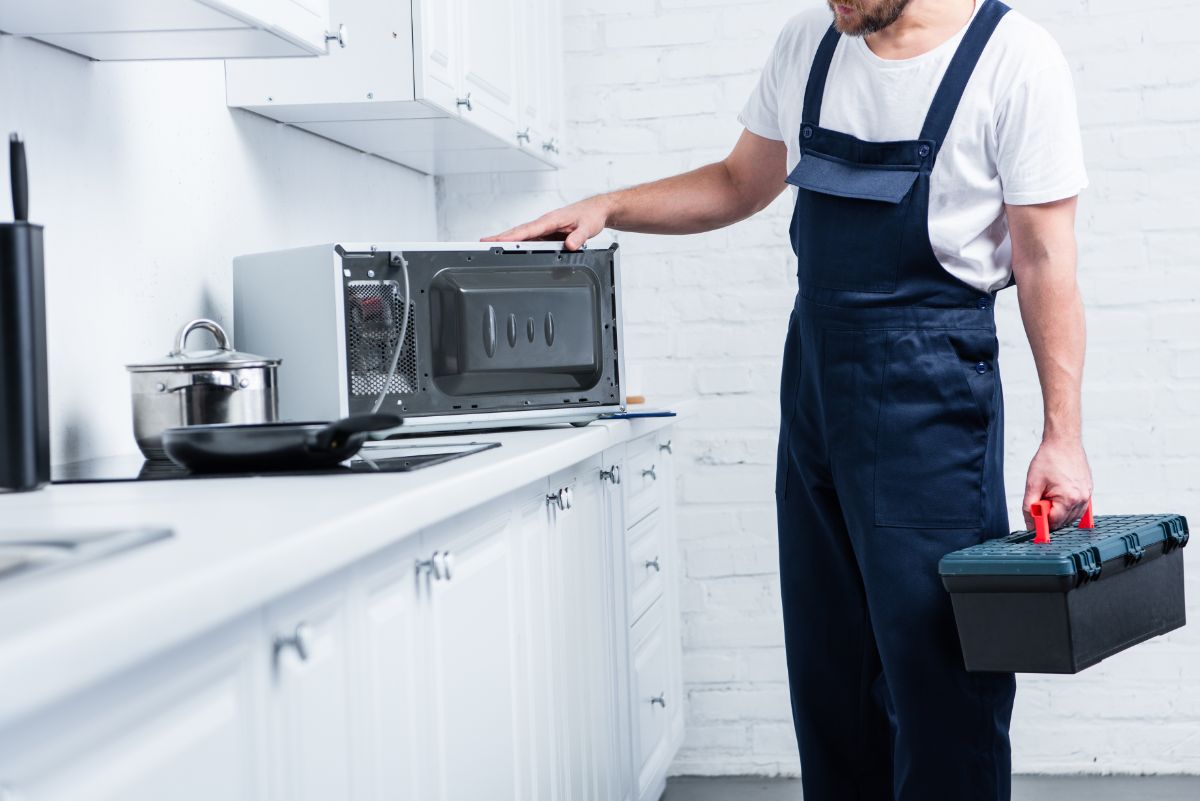
If your microwave's fan isn't spinning, it could be caused by the fan motor. To check, unplug the microwave and remove the back panel to access the fan. If the blades are not spinning, the fan motor is likely the cause of the problem.
In this case, you will need to replace the fan motor with a new one. It is best to purchase a replacement motor that matches the make and model of your microwave.
2. Check the Circuit Breaker
If the fan is still not working, the cause could be that your circuit breaker has tripped. To check for this issue, locate your home's main electrical panel and look for a tripped breaker. Reset the circuit breaker by switching it off, then back on again.
If that doesn't work, you may need to replace the circuit breaker with a new one. A professional electrician can help you determine suitable replacement options.
3. Clean the Fan Blades
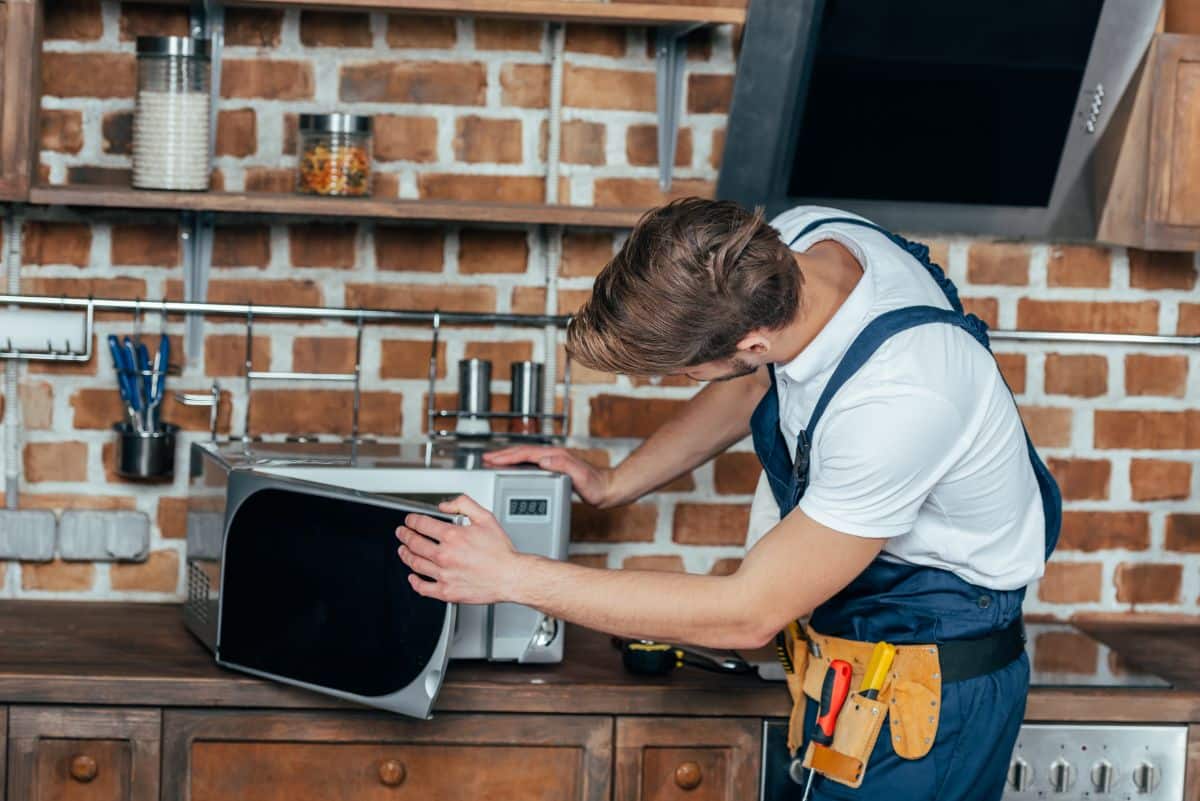
If your fan is spinning but not producing any air, it could be due to clogged fan blades. Unplug the microwave and remove the back panel to clean the fan blades. Use a brush or vacuum to remove any dirt and debris that has built up on the blades.
Don't use water to clean the fan blades, as this could cause them to rust. If cleaning the fan blades doesn't fix the problem, move on to the next solution.
4. Check the Fan Belt
If your fan is spinning but not producing enough air, it could be due to a loose fan belt. Unplug the microwave and remove the back panel to access the fan belt. If it is loose, tighten it up until it is snug.
If the belt has worn out or broken, you will need to replace it with a new one. Ensure to purchase a replacement belt that matches the make and model of your microwave.
5. Check the Fan Bearings
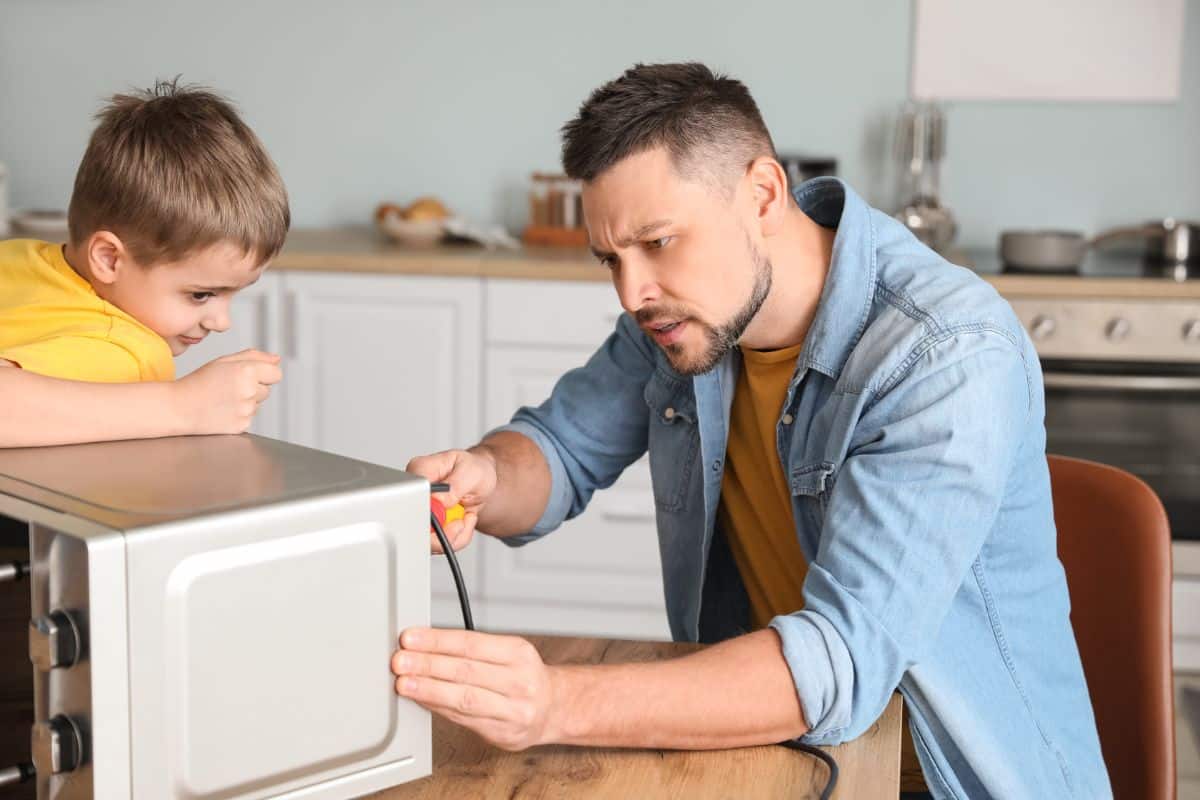
If your fan is making a grinding or screeching noise, it could be due to worn-out fan bearings. Signs of wear and tear can include black residue or grease around the fan housing.
In this case, you will need to replace the fan bearings with new ones. Unplug the microwave and remove the back panel to access the fan bearings. If they are worn out, replace them with new ones.
To replace the fan bearings, you will need to purchase a bearing replacement kit that matches the make and model of your microwave.
6. Check the Fan Connectors
If your fan is not spinning, it could be due to loose or disconnected fan connectors. The connectors connect the fan to the power supply and can become loose or disconnected over time.
To check, unplug the microwave and remove the back panel to access the fan connectors. Ensure they are securely connected, and all wires are attached correctly.
If the fan connectors are loose, tighten them up. If they are worn out or broken, you will need to replace them with new ones that match the make and model of your microwave.
7. Replace the Fan Assembly
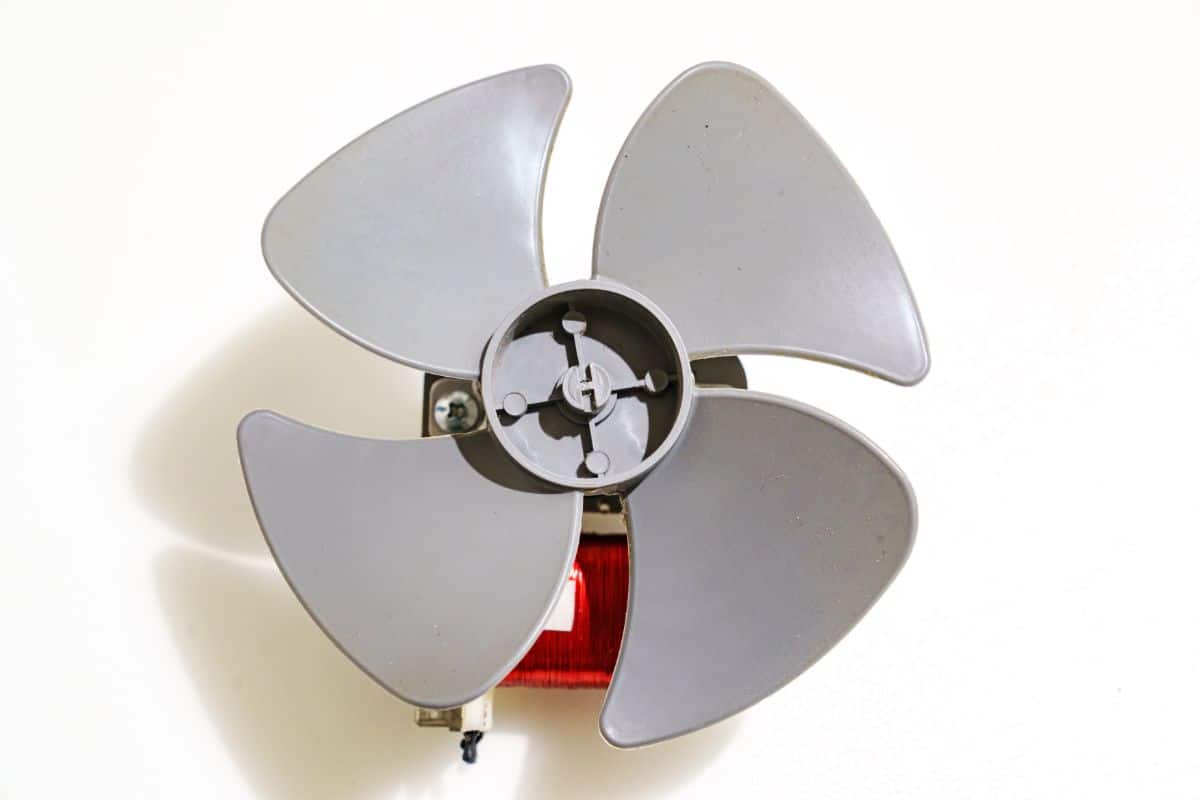
If none of the solutions above have worked, it could be time to replace the entire fan assembly. To do this, unplug the microwave and remove the back panel. Carefully disconnect the old fan assembly and replace it with a new one.
When purchasing a replacement fan assembly, ensure to get one that matches the make and model of your microwave. You can check the user manual or contact the manufacturer for more information.
Once you have replaced the fan assembly, your microwave's fan should be working again. If not, it could be due to an electrical issue, and you will need to consult a professional electrician for further assistance.
When Should You Contact a Professional?
If you have tried all of the solutions above, and your microwave fan’s not working, it could be due to a more technical issue. In this case, it is best to contact a professional electrician for help. They can diagnose the problem and suggest suitable repairs.
They can also help you with any electrical repairs that may need to be carried out, such as replacing circuit breakers or installing new fan assemblies.
Professionals can also guide you with any safety precautions when working on electrical appliances.
By following the steps above, you can quickly diagnose and repair your microwave's fan. Visit our website for more helpful tips and guides on microwave repairs.


